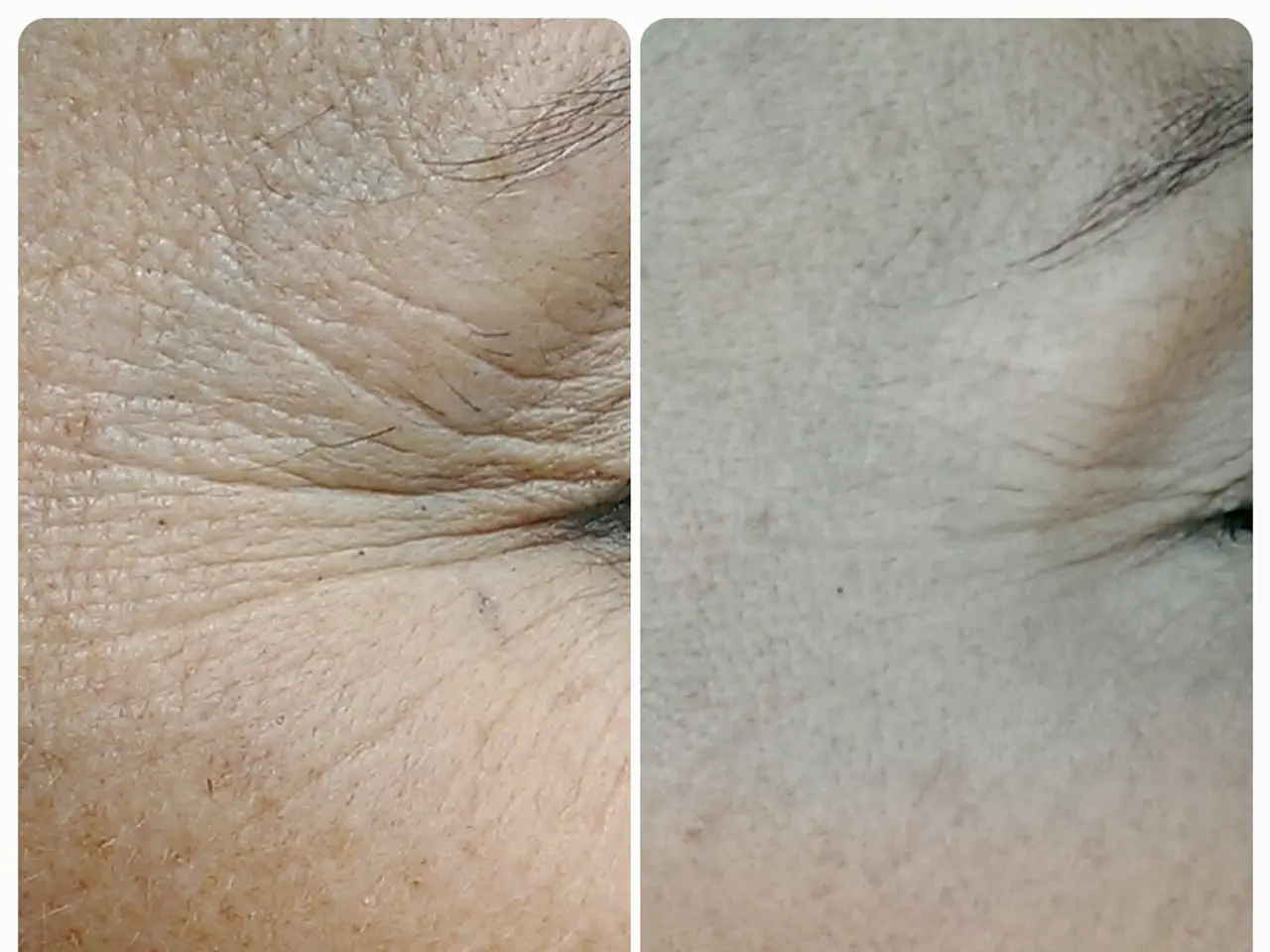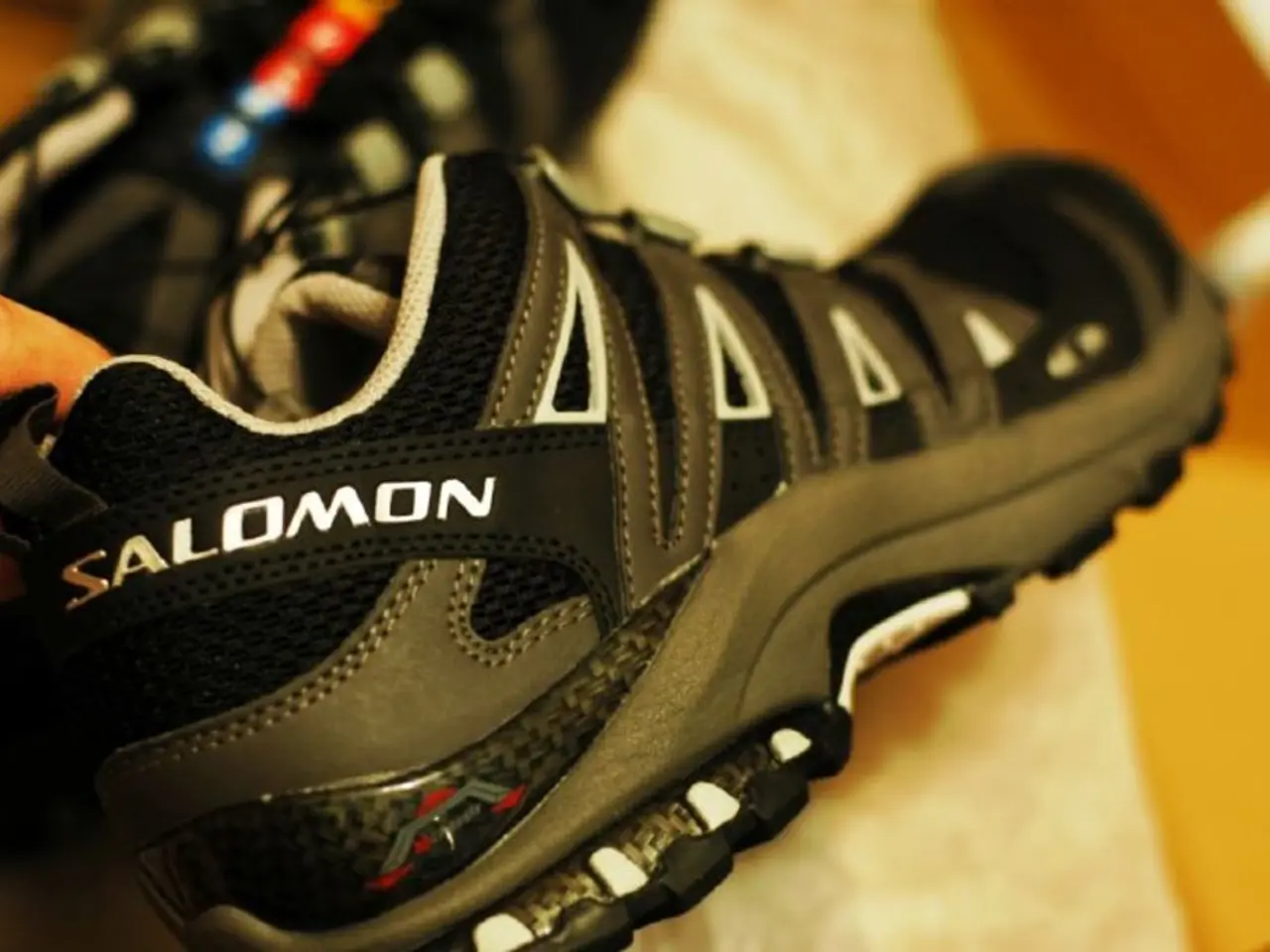Morphea: Signs, origins, and remedies
Morphea, a little-known but significant autoimmune skin condition, affects fewer than 3 out of every 100,000 people worldwide. Characterized by thickened, hardened, and discoloured patches of skin, this condition arises from an autoimmune process where the immune system targets the skin, causing inflammation and fibrosis.
The exact causes of morphea are not fully understood, but several potential contributing factors have been identified. Morphea involves autoimmune dysfunction, where the immune system mistakenly attacks the skin, particularly the deep layers, leading to inflammation and fibrosis. The presence of autoantibodies such as ANA (antinuclear antibodies) is frequently observed in patients, indicating an autoimmune basis.
Another key factor is excessive collagen deposition, which thickens and hardens the skin, a hallmark of the condition. The disease is believed to be triggered by a combination of genetic predisposition and environmental triggers, such as infections, trauma, or other immune stimuli.
Morphea has been linked to systemic involvement and other autoimmune disorders such as arthritis, suggesting a systemic immune dysregulation may be involved. The condition can sometimes return even after it has gone away, and in severe cases, it can cause mobility issues or deformities, particularly in children.
There are several types of morphea, including Plaque morphea and Generalized plaque morphea. Linear morphea, which is more likely to affect school-aged children, usually occurs on the arms or legs and appears as a single band of thick, discoloured skin. In children with morphea on the head, regular visits to an eye doctor and a neurologist may be necessary.
Pansclerotic morphea, a rare form of the condition, progresses quickly and covers almost all of the body. This type requires aggressive treatment. Morphea can occur on various areas including the face and neck, hands, feet, back, chest, legs, and arms.
Morphea can cause complications such as restricted joint mobility, pain in the joints, cosmetic abnormalities, permanent eye problems or neurological involvement (rare), hair loss in the affected area, genital lichen sclerosis, and itching and burning.
Fortunately, there is currently no cure for morphea, but treatment can help prevent it from spreading and causing scarring and complications. Treatment options include phototherapy, calcipotriene (Dovonex), topical or intralesional steroids, oral medications like methotrexate or corticosteroids, and physical therapy.
Anyone who thinks they may have morphea should seek medical advice to ensure appropriate treatment and management of the condition. While it can be particularly problematic when it affects cosmetically sensitive areas, the face, and the joints, early diagnosis and treatment can significantly improve the prognosis.
- In some cases, the presence of autoantibodies like ANA, which are frequently observed in patients with morphea, suggest an autoimmune basis for the condition.
- Morphea, a significant autoimmune skin condition, can sometimes be linked to systemic involvement and other autoimmune disorders such as arthritis, indicating a systemic immune dysregulation may be involved.
- The disease can cause complications such as restricted joint mobility, pain in the joints, cosmetic abnormalities, and itching and burning, making it crucial for anyone who thinks they may have morphea to seek medical advice for appropriate treatment and management.




